- How to form the present simple
-
The verb to be in the present simple
-
How to make the simple present negative
-
How to ask a question
-
Common verbs in the present
This week I’m going to talk about the present simple and explain how and when we use the present simple tense. It is one of the first tenses we learn when studying English but believe it or not, it also one of the tenses which students find most difficult to use correctly. I often see students at an upper-intermediate or advanced level still making mistakes with the present simple. So don’t get demotivated, keep trying and trying. Also don't forget to read up about
The Present Continuous.
What is the present simple?
The simple present is a tense used in the English language for the following situation:
-
To talk about habits: I go to work at 8 am every day.
-
To talk about permanent situations: Peter lives in Dubai.
-
To talk about states: I like the new film with Robert De Niro.
-
To talk about general truths: There are 52 cards in a deck of cards.
The verbs in
bold above are all in the present simple.
!! Remember that you can ask me questions about this grammar point at the bottom of this page !!
How to Form the Simple Present?
In the simple present, most regular verbs use the root form (also called infinitive without to), except in the third-person singular (he, she, it) which ends in -s.
First-person singular: I love
Second-person singular: You love
Third-person singular: He/she/it loves (note the ‑s)
First-person plural: We love
Second-person plural: You love
Third-person plural: They love
For a few verbs, the third-person singular ends with -es instead of -s. Typically, these are verbs whose root form ends in o, ch, sh, th, ss, gh, z
First-person singular: I watch
Second-person singular: You watch
Third-person singular: He/she/it watches (note the ‑es)
First-person plural: We watch
Second-person plural: You watch
Third-person plural: They watch
The Verb to Be in the Simple Present?
Infinitive: to be
I am / am not
You are / are not
He, She, It is / is not
We are / are not
They are / are not
How to Make the Simple Present Negative?
The formula for making a verb in the present simple negative is do/does + not + root (also called infinitive without to). You can also use the contraction don’t or doesn’t instead of do not or does not.
Pauline does not watch TV after work. She doesn’t like watching TV, she prefers reading.
Be Careful: Exception with the verb to be
To make the verb to be negative, the formula is to be + not.
I am not American, but Pauline is American.
We aren’t at work.
Here are the contractions for the verb to be in the negative:
I’m not / You’re not / She’s not / He’s not / we aren’t / They aren’t
How to Ask a Question?
The formula for asking a question in the simple present is
do/does + subject + root form of verb (also called the infinitive without to)
Do you know how to cook?
How much
does this car cost?
Common Verbs in the Simple Present?
Infinitive: to ask
I ask / do not ask
You ask / do not ask
He, She, It asks / does not ask (look at the s)
We ask / do not ask
They ask / do not ask
asks / does not ask
Infinitive: to work
I work / do not work
You work / do not work
He, She, It works / does not work (look at the s)
We work / do not work
They work / do not work
Infinitive: to call
I call / do not call
You call / do not call
He, She, It calls / does not call (look at the s)
We call / do not call
They call / do not call
Infinitive: to have
I have / do not have
You have / do not have
He, She, It has / does not have (look at the s)
We have / do not have
They have / do not have

